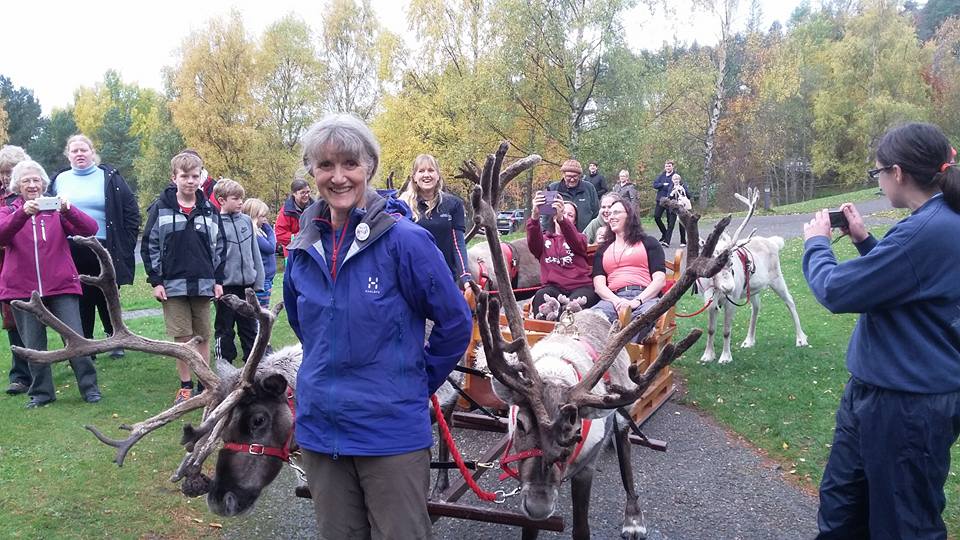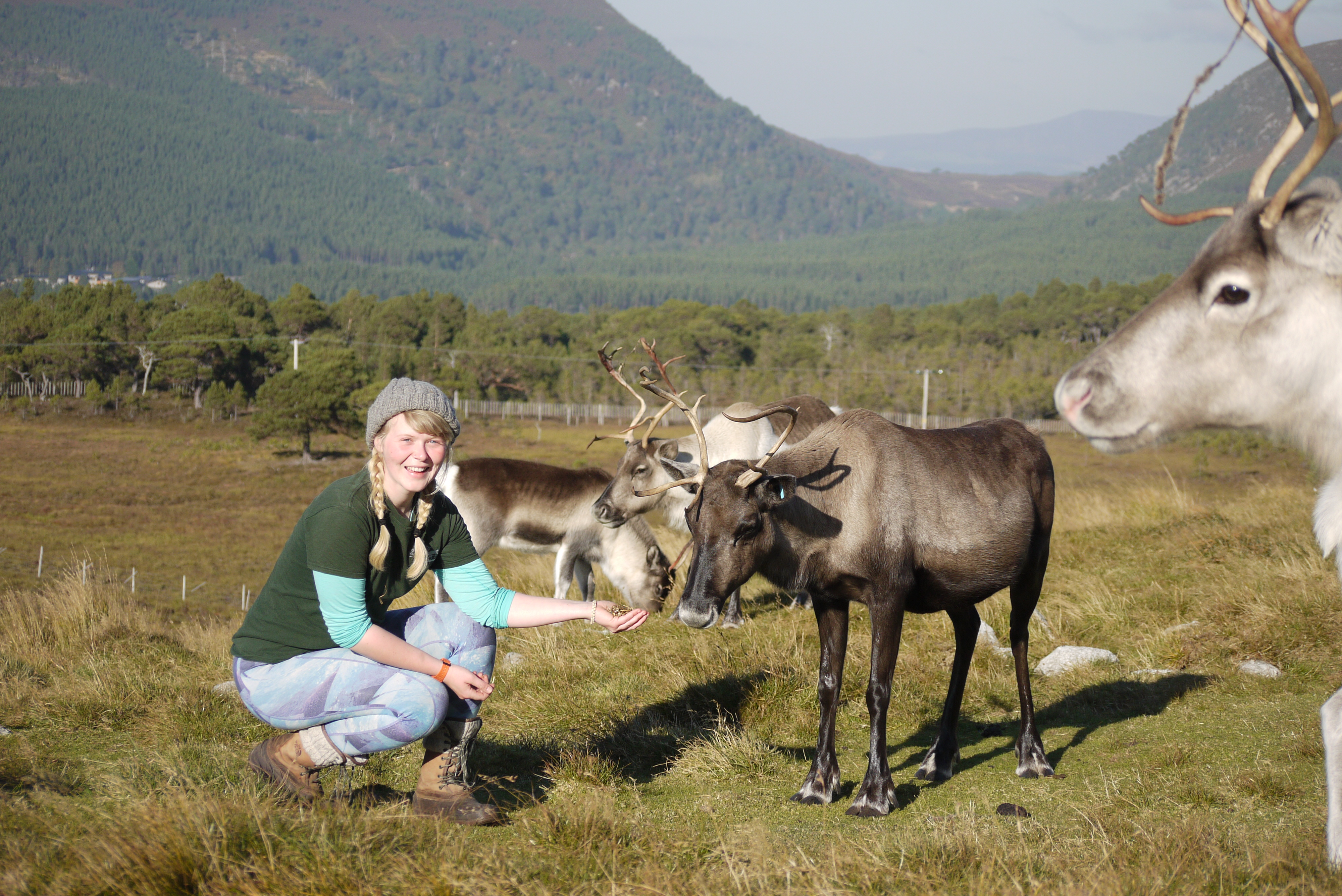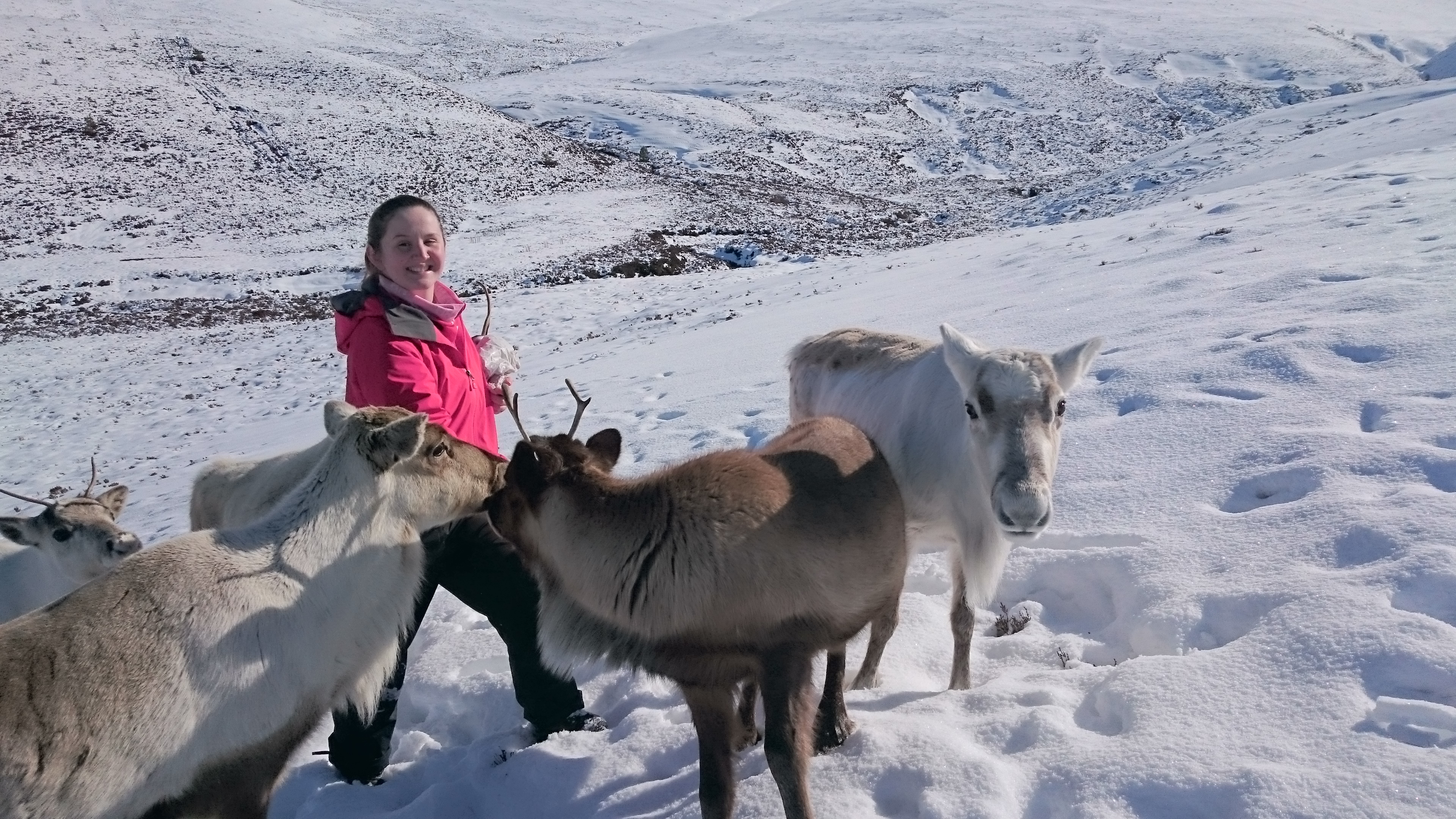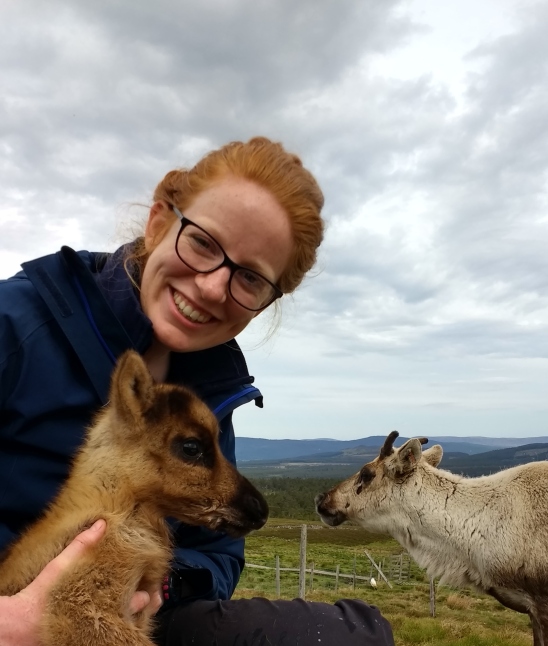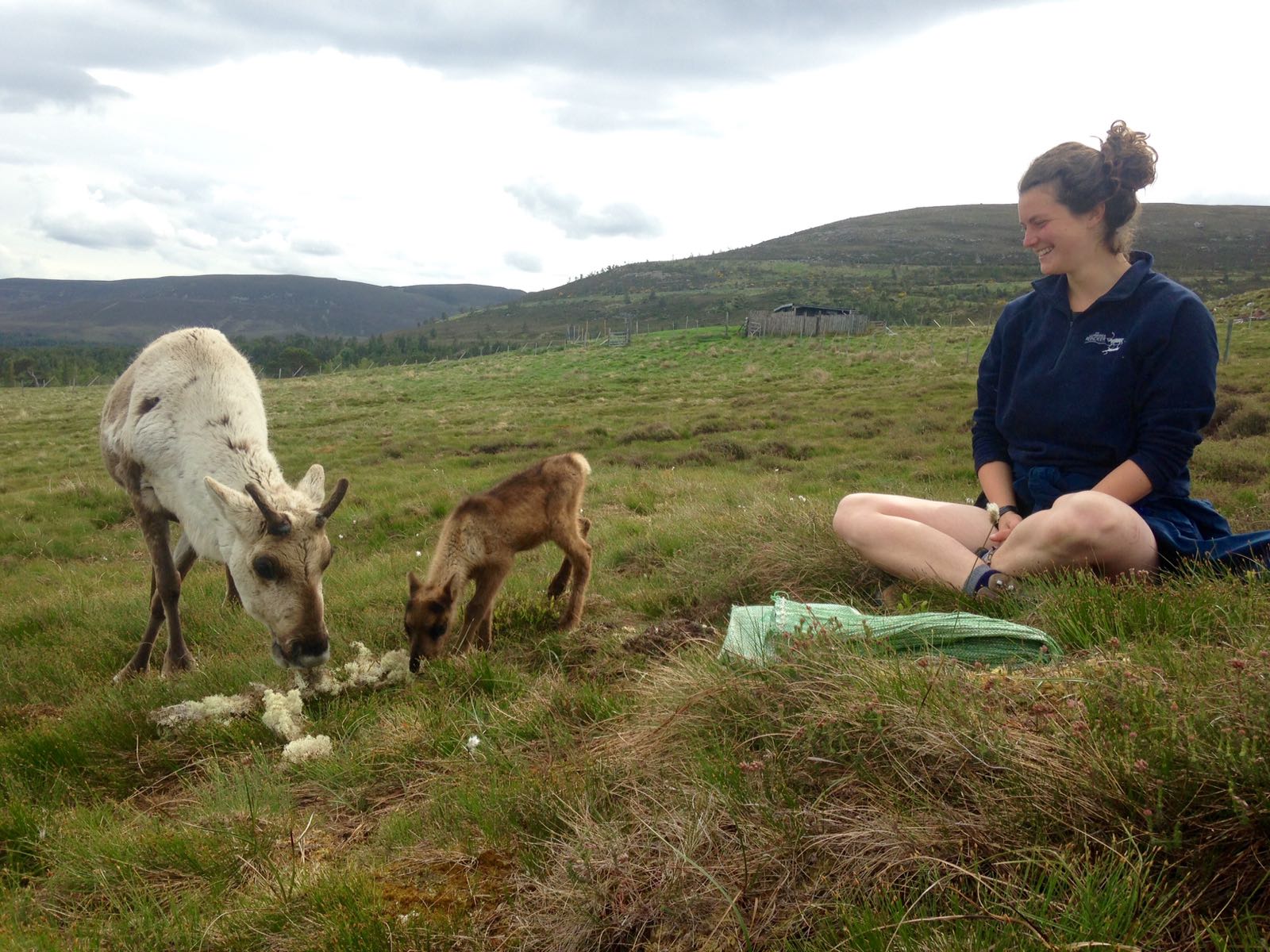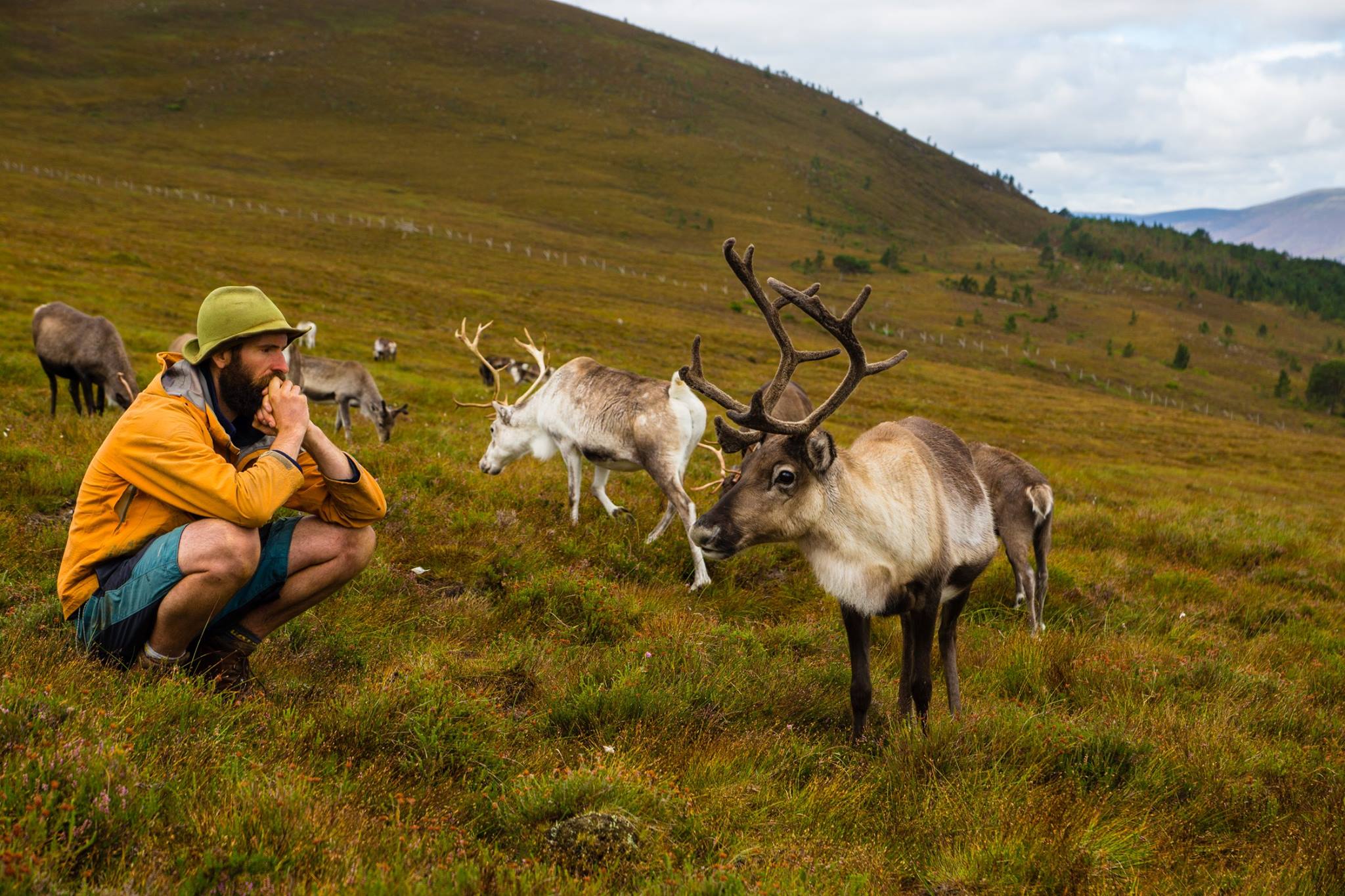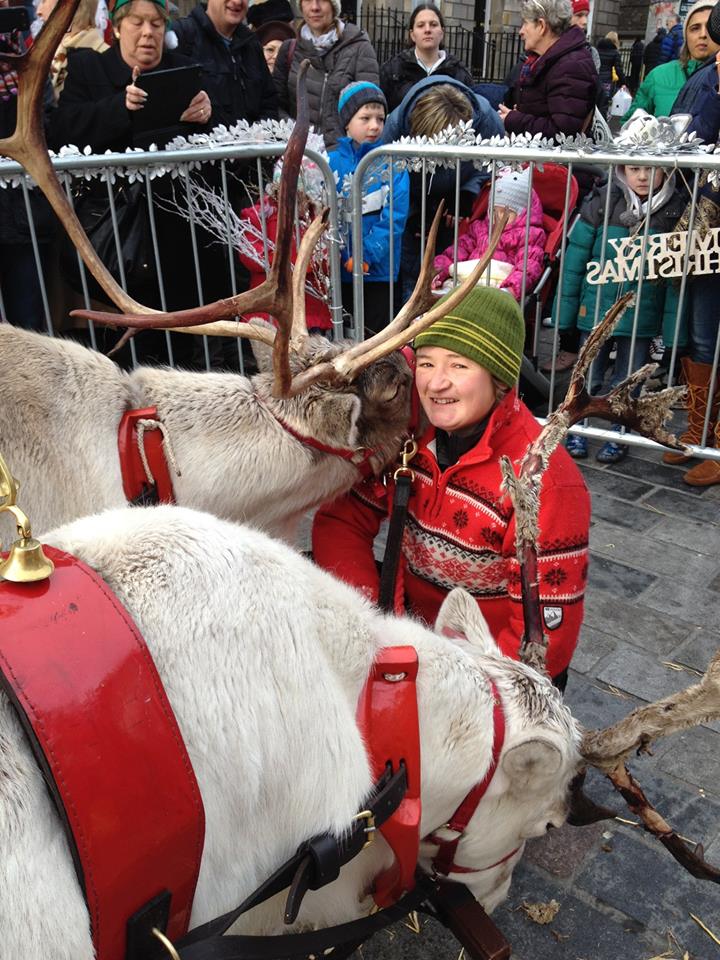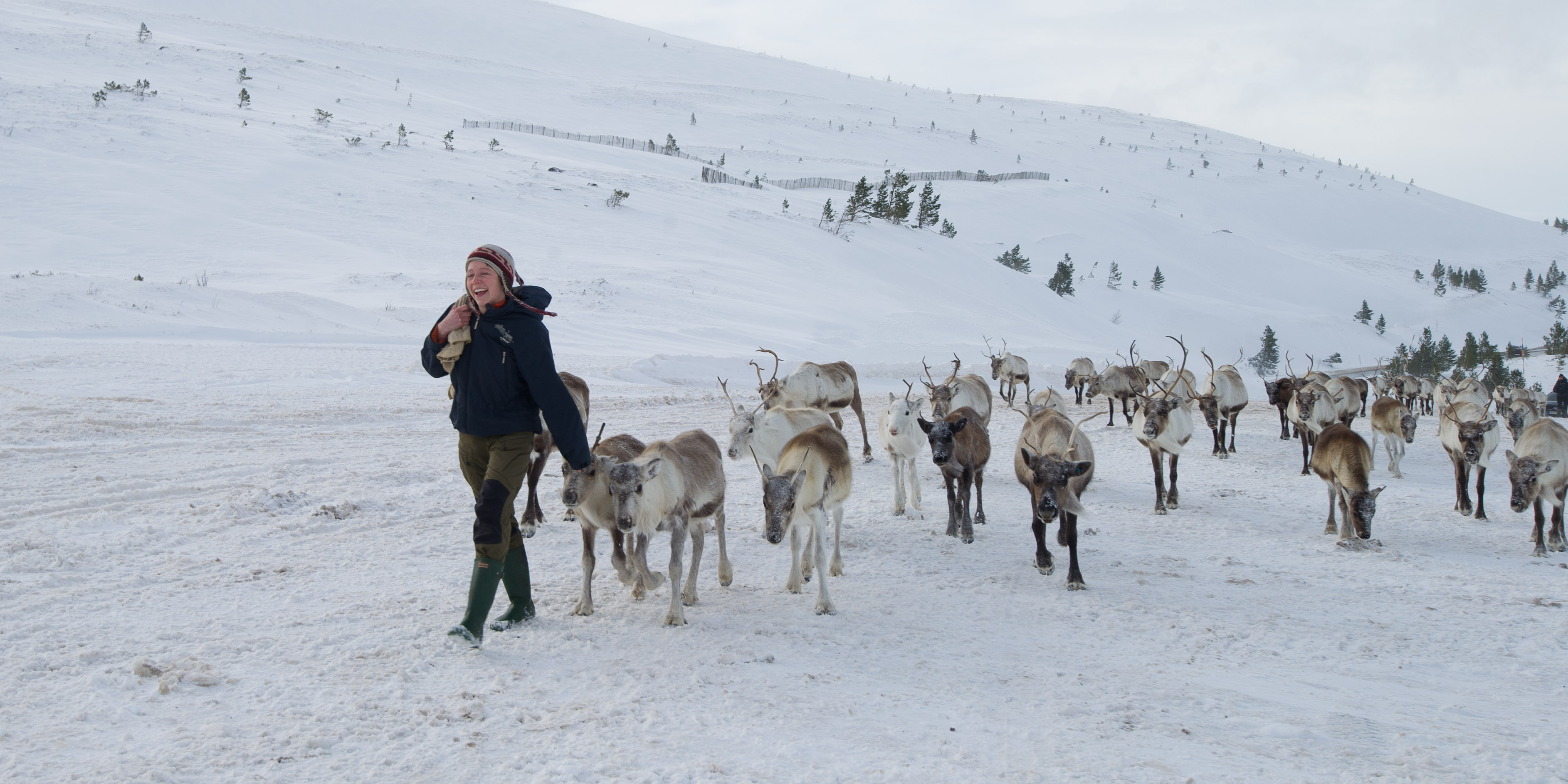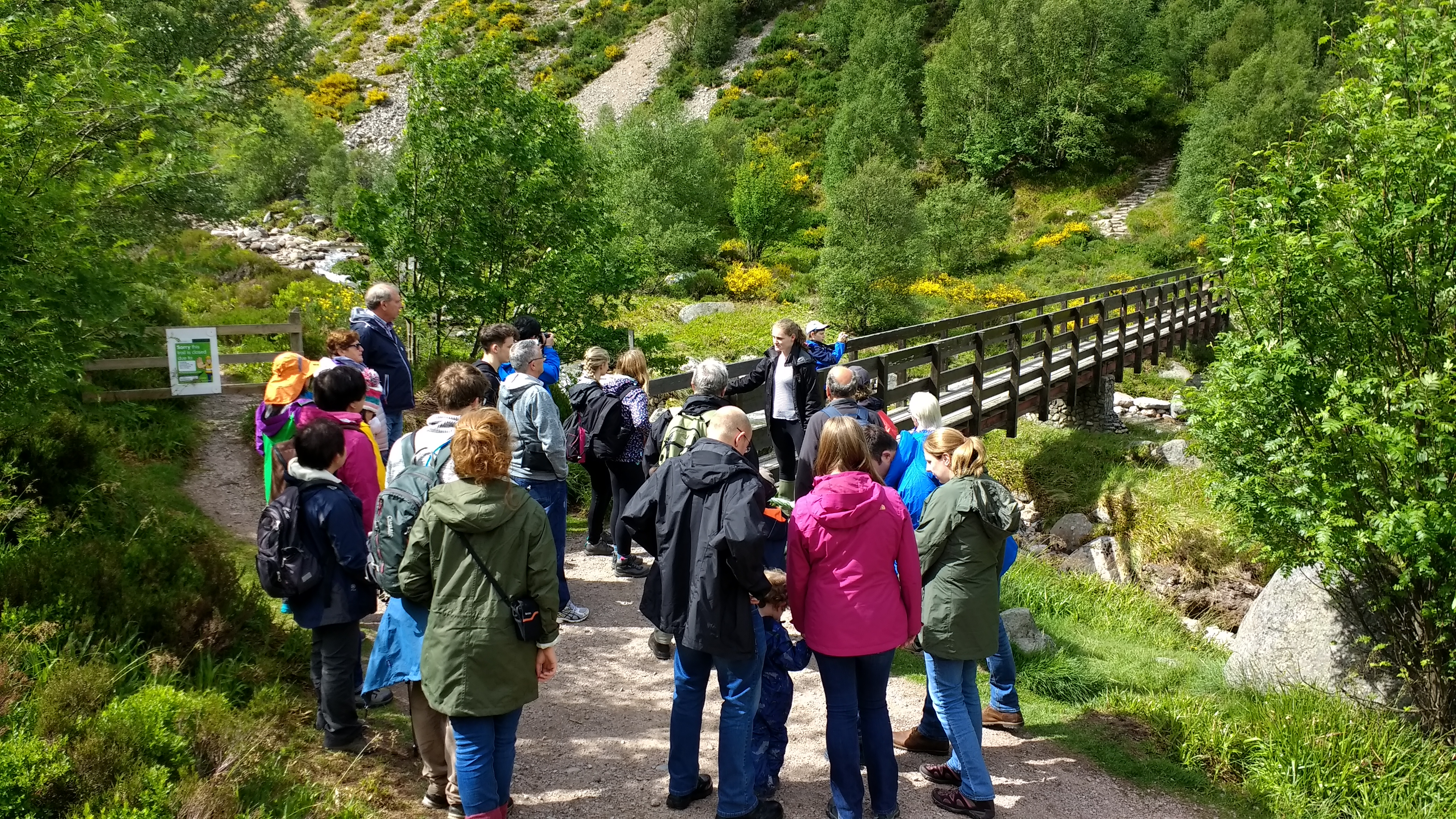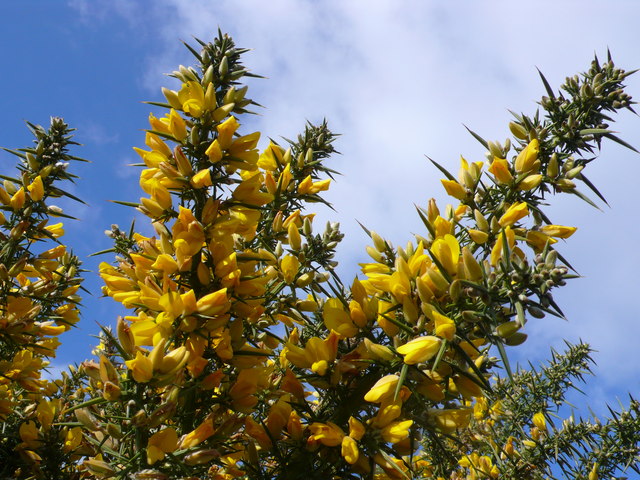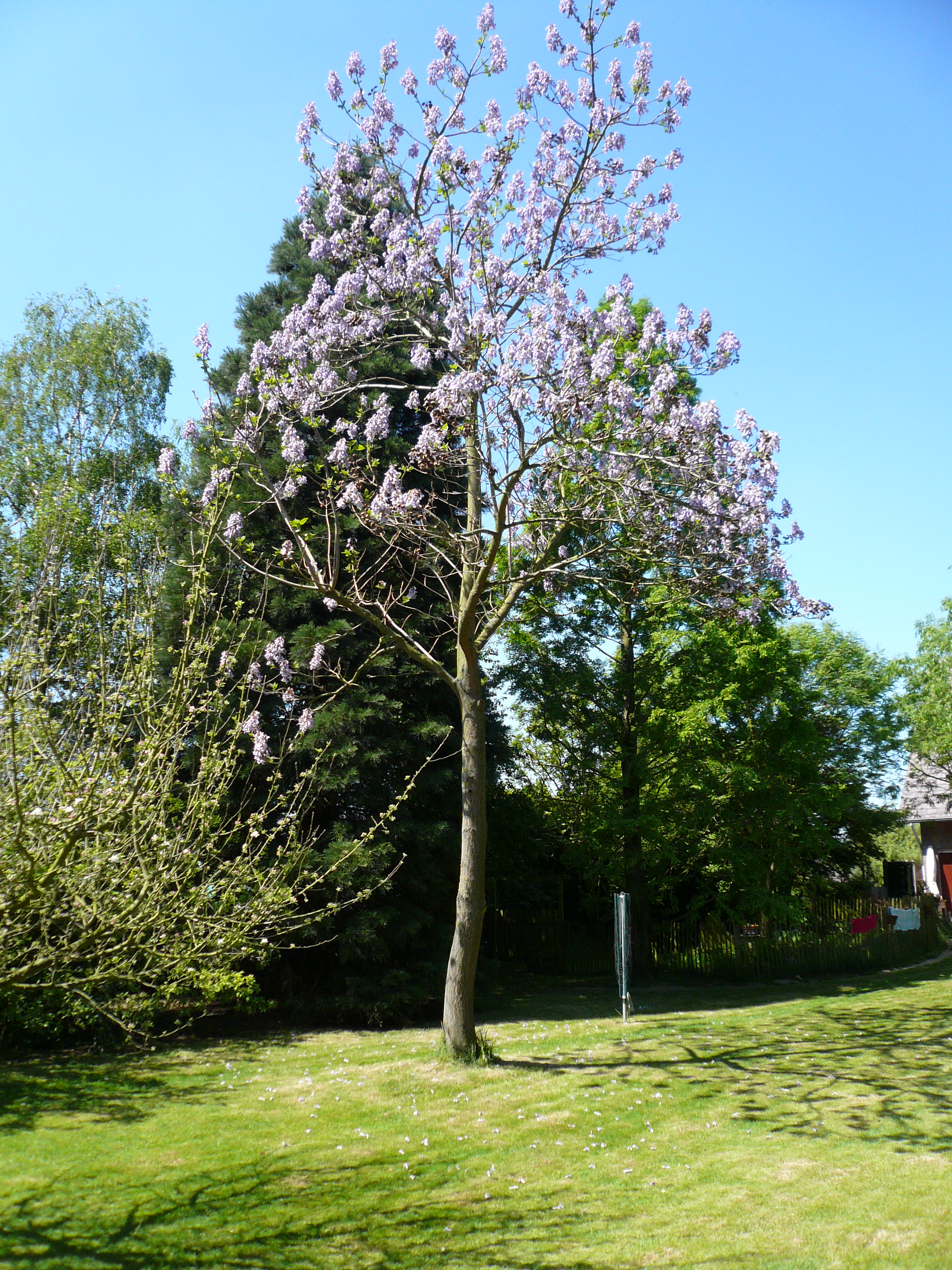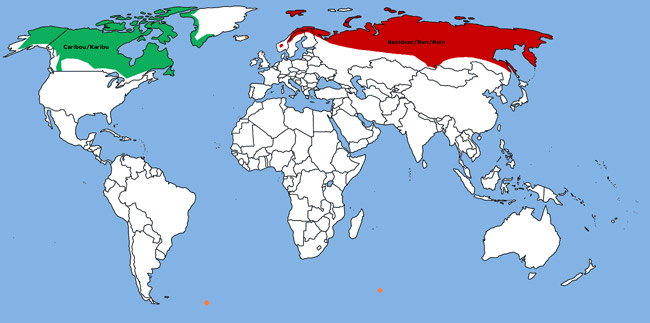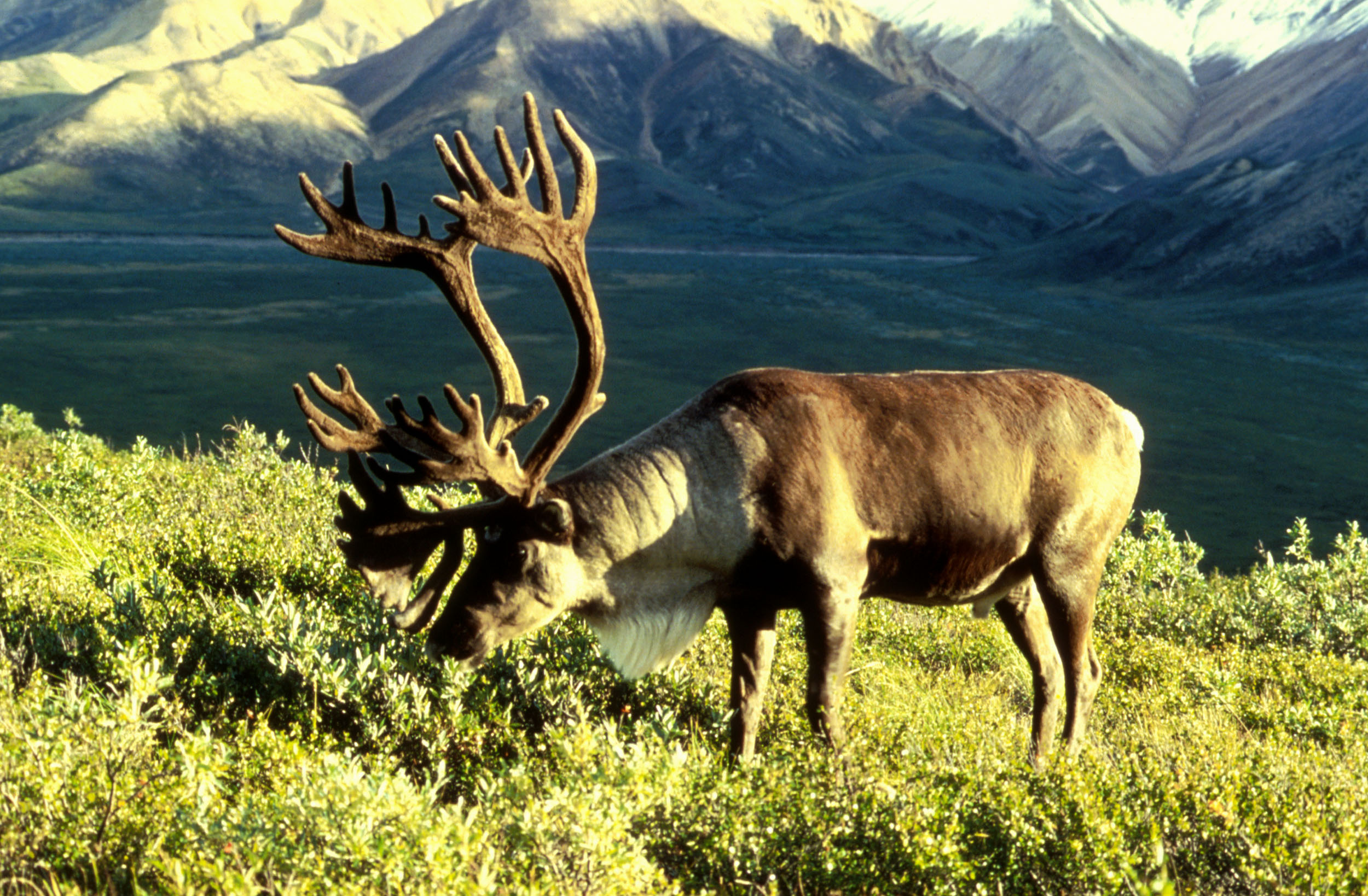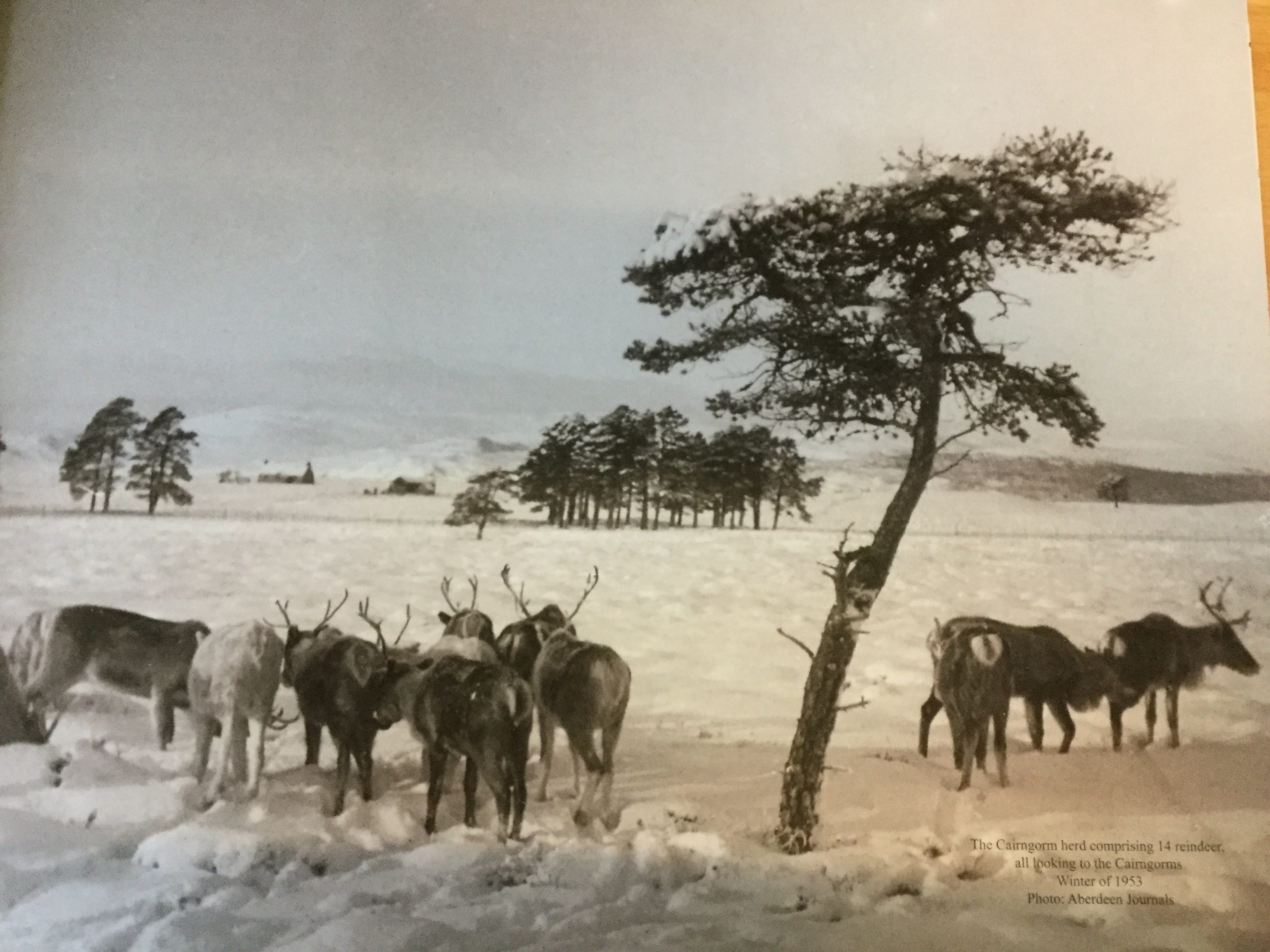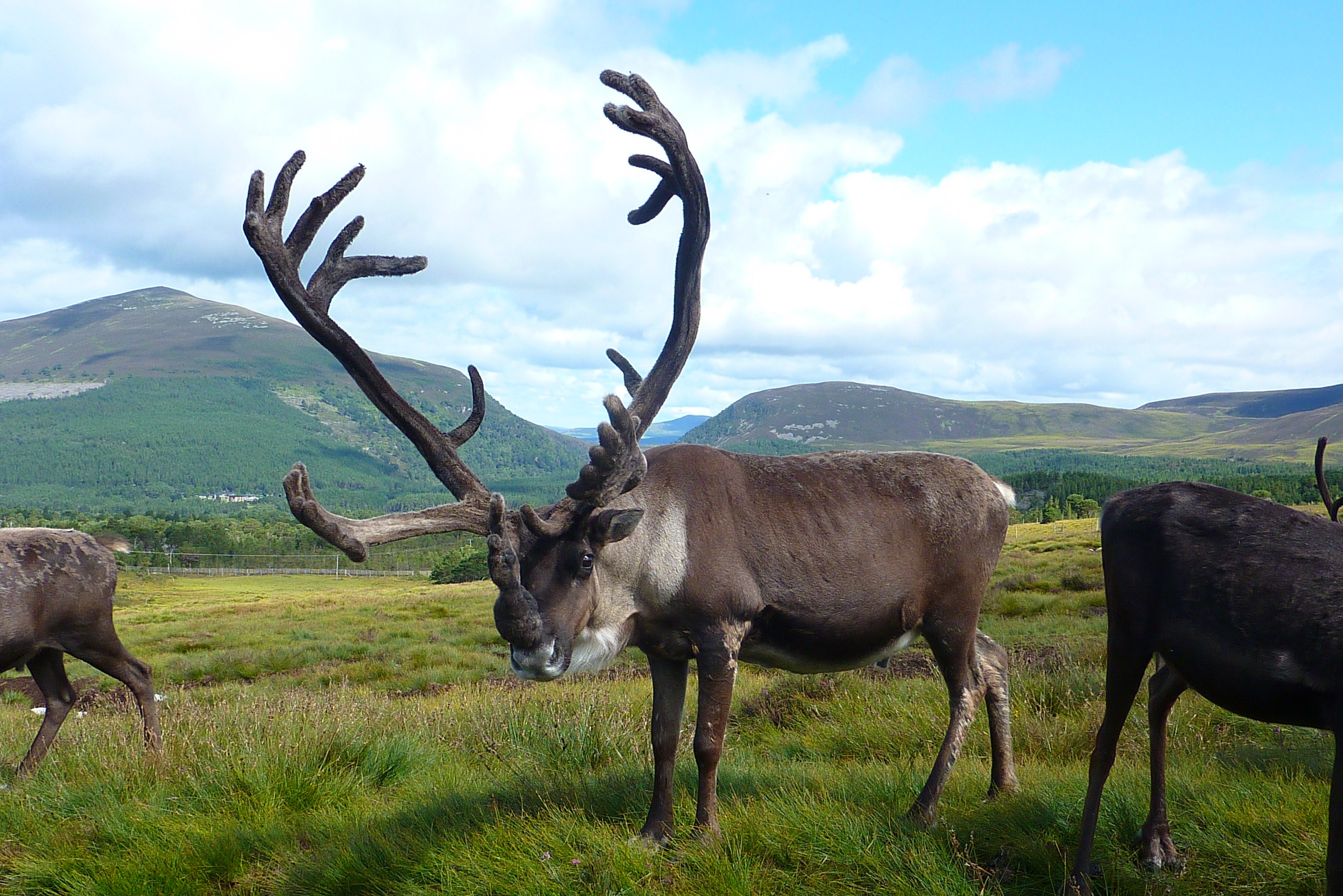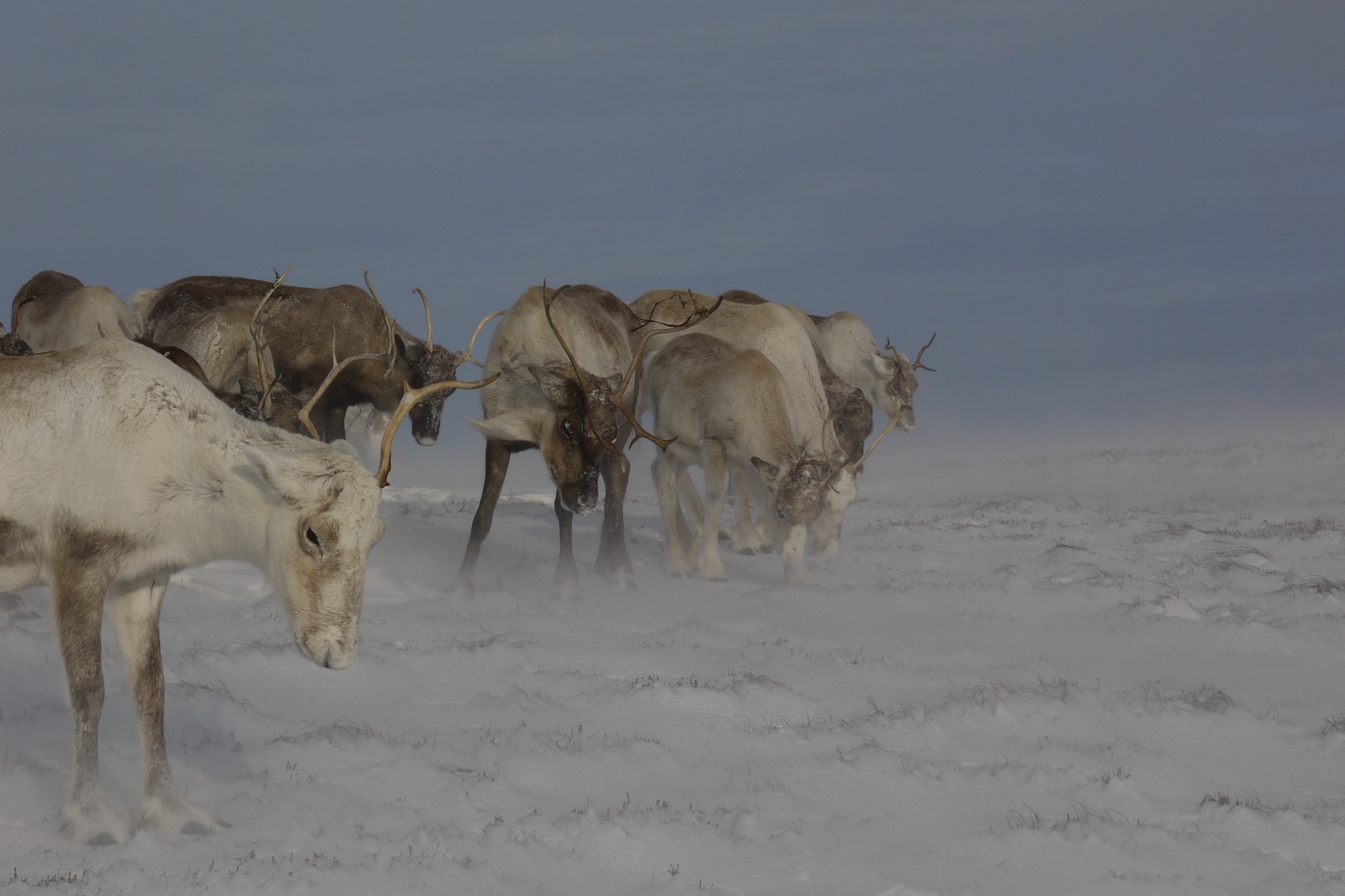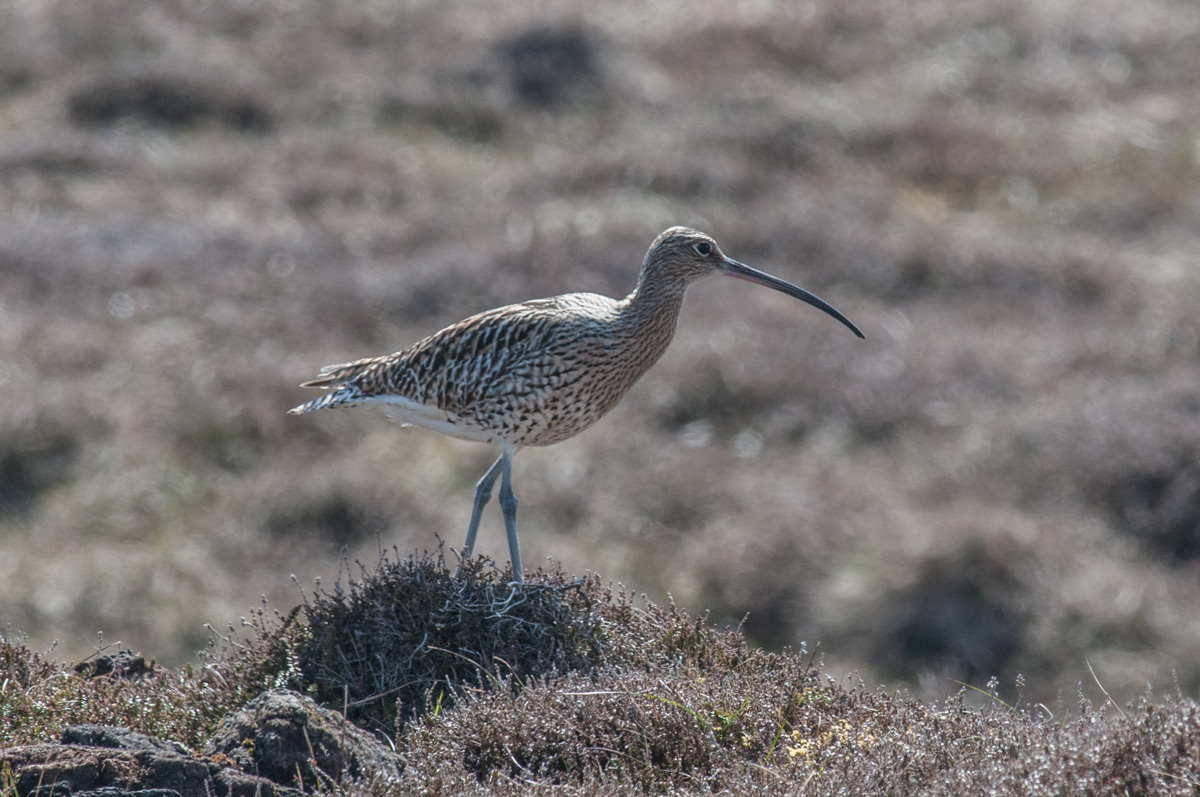Back in 2012, when we got to the 60th year of the Cairngorm Reindeer Herd, we thought we ought to mark the occasion in some way. Therefore, in the October of that year, we ran a special weekend aimed at all our amazing reindeer adopters, who show us so much support from year to year, and without whom we couldn’t continue in the way we do today. As the weekend finally rolled around, the sun shone, the adopters flocked our way and everything ran like a dream. And somehow, somehow, the stress of organising such a big event (bang in the middle of the run up to our hectic Christmas season) faded into the past… So in March this year, when Tilly announced that as we were 65 years old now we should do a similar event, I blithely said “Ok Tilly! Whatever you say, Tilly.” More fool me.

About a week later, I realised that I was going to have to be in charge of the organisation. The Sunday at the farm could mainly be left to Tilly, but the Saturday here at Reindeer House was going to be mostly my domain – whether I liked it or not – with Andi as my trusty sidekick. Heather organised the 2012 do, but isn’t working here anymore; Fiona would be far too busy organising the annual Christmas tour; and all the other staff have started here much more recently. Damn. Even just choosing the weekend proved problematical. It had to be October, but the ‘usual’ weekend clashed with the Aviemore Half-Marathon, and another clashed with the Craggy Island Triathlon, where half the staff decamp to each year. The weekend before, at the very beginning of the month? Tilly’s first grand-child would be due then… It would have to be the 21st and 22nd (ironically, the baby then resolutely refused to put in an appearance until 2.5 weeks after his due date, meaning Tilly’s son Alex had bigger fish to fry by the time we got to the Open Day. Granny Smith (haha) is delighted though).

The spring and summer passed in a hectic haze of the usual reindeer related activities and millions of visitors, and we managed to get the Save the Date cards out, and then the general info out with the June newsletters. Thankfully Heather had done a great job of organising everything the first time around and much of the stuff was still filed away on the computers here, just need updating a bit. As time passed I started to get more and more twitchy, and in the final couple of weeks was starting to sweat a little. Anyone who knows me knows that I am not always the calmest under pressure! I started making lists, and delegating left, right and centre, but gradually it all started to come together. It probably helped that I had a couple of days off in the week running up to the event, although I did insist on working on Fri 20th to save everyone from a day of answering the phone the find a squawking Hen on the other end, worrying about whether such and such had been done yet! But everyone here was absolutely awesome, and I needn’t have worried at all as everything came together perfectly. In fact I was barely needed…

We opened at 8.30am on the Saturday, and started off the day with a Hill Trip at 9am, followed by another at 11am. All the reindeer who had visitors coming were in the nearest part of the enclosure (the ‘Bottom Corridor’), which made life easier without having to trail around all over the various parts of the enclosure to show everyone ‘their’ reindeer. Kota, the breeding bull on the hill, still in full rut mode, was just over a fence with his girls and ensured that everyone got to see just how impressive he was as he grunted at anything that moved, peed on his legs and charged about…and tried to climb the fence once or twice. Eeek. Thankfully he remained the right side of the fence all day long.

Down at the Reindeer Centre, sleigh training demonstrations were in full swing, and everyone could try their hand at lassoing, Sami-style (not on a real reindeer but rather on a skull mounted on a post!). We had set up a little marquee beside the shop to provide some cover in case of awful weather, so lots of people parked themselves in there with a tea or a coffee and caught up with old friends, or made new ones! Visitors could also walk to Utsi’s Hut, the wee cabin in the woods built from the crates the first reindeer arrived in back in 1952, and Fiona did a special hill run in the afternoon up Meall a Bhuachaille behind Reindeer House, with everyone guessing her time for a donation towards the Everest Marathon Fund. Overall, there was a lovely atmosphere and it was all very relaxed, with people pottering around and just enjoying being here. And the weather was relatively kind to us too! It was mild, not windy, and only a little bit of rain at times…

In the afternoon we trialled an ‘Open Hill’ system where visitors collected their tickets and maps, and made their own way to the hill enclosure, to be met by a herder on the gate, and a couple of herders in with the reindeer who could show them who was who and answer any questions. This seemed very popular too, although the weather deteriorated a bit as the afternoon went on.



And then on to Tilly’s talks at Glenmore Lodge! She ran one at 5pm and another at 6pm, and both went very well apart from some technical issues with the powerpoint, meaning some of the photos didn’t show up. This probably made the 6pm talk a little smoother, as at least she was prepared for the issues! Tilly also played a wonderful 20 minute film made in the 50s for the BBC about Mikel Utsi, the man who started it all, bringing reindeer back to their rightful home in Scotland after a 2000 year absence – thankfully the technology gods were with us for this one and it played fine!

So all in all it was a wonderful day, but most thanks must go to our wonderful reindeer adopters, who give us so much support from year to year. We all went home exhausted on Saturday evening, but the fun didn’t stop there as most folks met up again the following day over at our farm, along with a few new faces too who hadn’t made it to the Saturday. But the blog does stop here, as Sunday’s write up can wait for another week!
Although first here’s some more photos…enjoy!
Hen


Paintpot (and LX) meets one of his adopters! Photo: Martin and Barbara Butters


